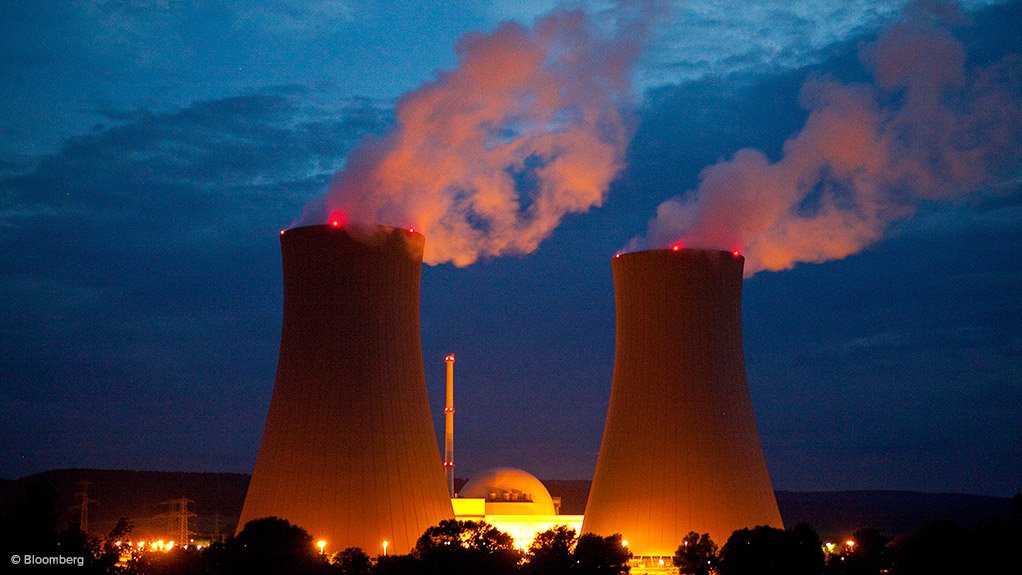China has successfully localised foreign nuclear technology and has used this as the base from which to develop its own nuclear power plant (NPP) design. This was reported by State Nuclear Power Technology Corporation (SNPTC) assistant VP He Weipeng on Thursday.
"At the beginning of this century the Chinese government made the very important decision to launch a Generation III nuclear power self-reliance programme," he pointed out. Previously, China had acquired a number of NPPs, to various foreign designs, but had not absorbed the technology. "So the Chinese government decided that China should master these technologies."
The country's objective was "to introduce advanced, safe and reliable technology through technology transfer," He stated. As part of this, the country chose to build four Westinghouse AP1000 units. (It also decided to build two Areva EPR units, but SNPTC is not involved in that programme.)
China's approach to localisation, with regard to the AP1000 programme, was to have Westinghouse award its production licence to only one company: SNPTC. Other companies received only sub-licences. "This reduced a lot of inefficiency and reduced a lot of cost," he affirmed. "SNPTC is the only platform for technology transfer and executed the localisation plan, organised research and development [R&D], coordinated and solved problems of localisation. This ensured the success of localisation."
Localisation involved three stages in China: learning (including training and skills transfer and development); practising (manufacturing nuclear components and systems and supplying them to projects) and upgrading (joint R&D and improving technologies). Chinese manufacturers had to adopt new production processes, such as forging instead of casting. This was a challenge.
The necessary nuclear standards also had to be adopted and enforced. "We've established, with ASME, in China, a China ASME Centre," He cited. "China wanted to establish a qualified supplier system, orientated for the international market as well as the domestic market." SNPTC also set up a joint venture with Westinghouse to help Chinese manufacturers to promote Quality Assurance (QA) and Quality Control and QA System certification.
With the first AP1000, Sanmen 1, the level of localisation in nuclear island equipment is 32%. For the fourth, Haiyang 2, it will be 72%. "Through the introduction, digestion and absorption of AP1000 technology, together with self [own] R&D, Chinese companies mastered the key technologies of the AP1000," he said.
As a result, SNPTC has been able to develop its own Generation III NPP design, the CAP1400. "Based on the successful localisation of the AP1000, the manufacture of the CAP1400 equipment goes smoothly," He reported. All the forgings for the first CAP1400 have been manufactured by a Chinese group, for example. The Chinese manufactured content in the CAP1400 will be 80%.
The Chinese experience is that successful localisation depends on having a clear localisation goal and the promotion of NPP equipment localisation to a schedule and on a step-by-step basis. "It needs a lot of investment by the government, to build an NPP equipment manufacturing base," he affirmed.
He was addressing the Nuclear Africa 2015 conference at Pelindaba.
EMAIL THIS ARTICLE SAVE THIS ARTICLE
To subscribe email subscriptions@creamermedia.co.za or click here
To advertise email advertising@creamermedia.co.za or click here











